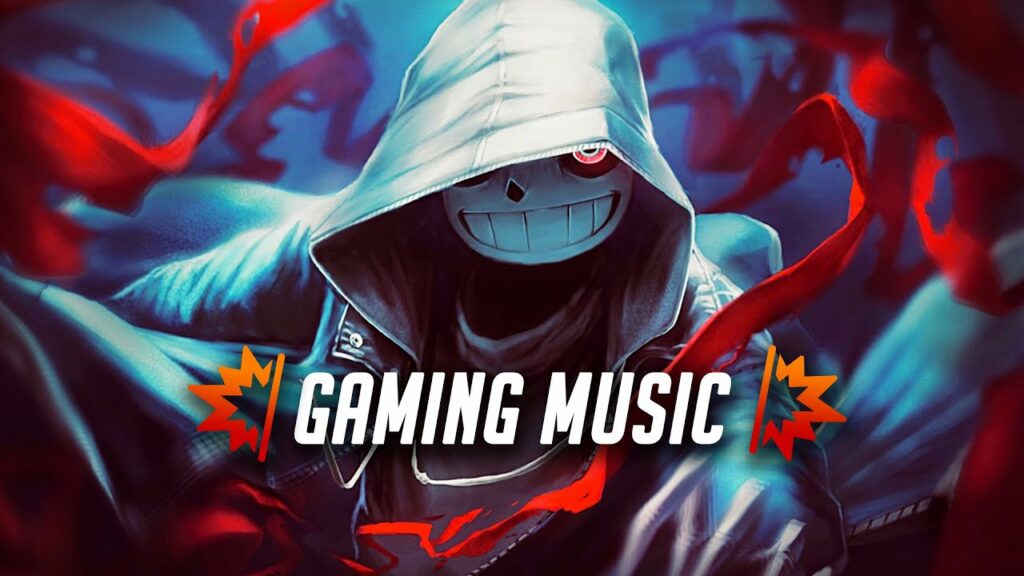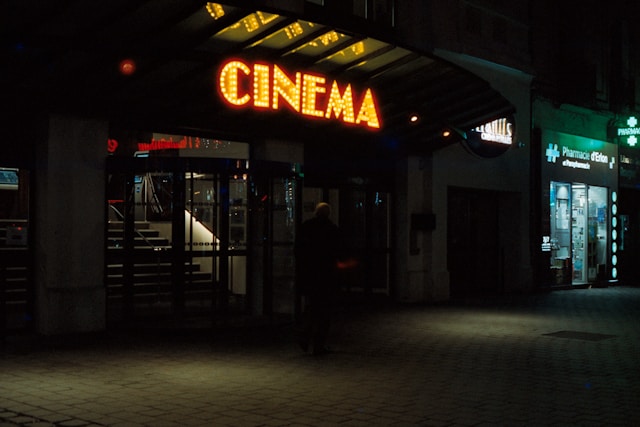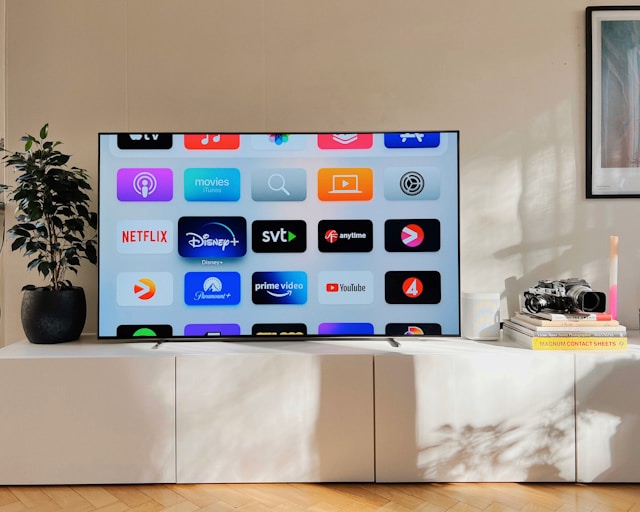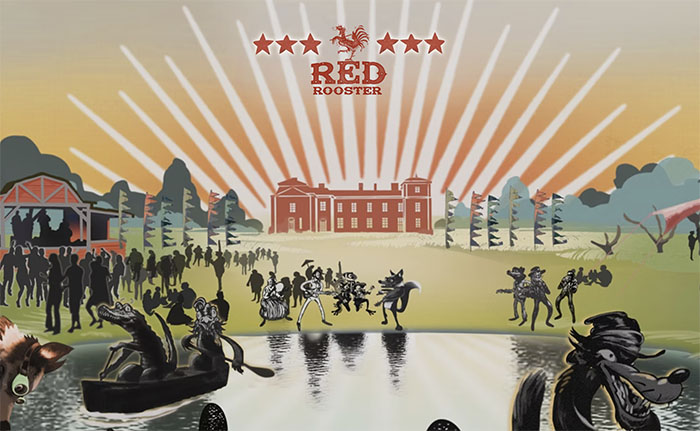Ever since the first background music in gaming appeared in the early 1980s, there’s been no escaping the landscape of video game audio. From humble tunes of limited libraries to expansive orchestral tracks, this part of gaming is rarely at the forefront, but it’s always important. If you aren’t a gamer, and you aren’t familiar with the industry, you might be surprised to know just how much this world has evolved. Born through technology and reflected through culture, what you hear in gaming music is a statement of where we are, and where we’ve been.
Imagination Filtered by Limitation
The first video game to feature music was Rally-X, a maze chase arcade game released in 1980. As much of an experiment as anything, this simple repeating tune added another level of engagement to the game, letting the genie out of the bottle for any developers that followed.
The potential scope of tracks like this was extremely limited thanks to storage capacity and software audio decoding. Unlike analog tapes, the digital data on early chips couldn’t reflect realistic sound, as this would place too much strain on real-time processing components. This limitation wasn’t a necessarily negative thing, however, as it fell in line with the early stages of gaming development culture.
Video game developers of the early ‘80s already understood that the industry would become huge, but they had little hardware and software potential to work with. This meant that music had to be experimental, just as gaming had to be so early on in its lifespan. Rather than being a negative, the boundaries of music acted as a guide for early gaming musicians, who would turn to small catchy tunes molded by the national and inspirational context from which they originated.
hbjn
With each new generation of video games, the hardware and software possibilities would continue to grow. Developers could expand their gameplay horizons, and music would follow suit. Moving toward the end of the ‘80s and early ‘90s, sound chips in systems like the S-SMP in the SNES could provide rough representations of many instruments. This meant composers could increasingly expand their focus beyond the culture of gaming tunes, and into the world’s collective cultural musical history.
One of the most noticeable ways this would occur, which still happens today, is how themed areas work with musical tracks. If a town is set in the desert, for example, composers would commonly turn to musical inspiration from real-world desert cultures. The Dusty Desert track in Sonic 2006 and Memories of Dust from NieR: Automata take obvious inspiration from the Arabic world, for example, even though their settings are more fantasy than reality.
On a more direct level are the more recent soundtracks which, through modern technology, are exact replicas of existing music from famous artists. Online casino games like slots are a famous example of this on websites like Party Casino and Hey Spin. Here, bands like Aerosmith and Kiss license music for entire slot titles to be based on. This combination is rarer in full video games, but it acts as an important part of casino gaming thanks to an industry that thrives on references built on top of its special features like free spins and deposit matches.
As for video game contributions from bands, these mostly take the form of licensed tracks for in-game radio stations and background songs that capture the spirit of a title. In GTA: Vice City, ’80s hits were used, while the Tony Hawk series borrowed ska, hip-hop, and alt-rock to match skating culture. Then there are the games that took this integration a step further, like the Rock Band and Guitar Hero games that used famous band tracks as a primary feature. These turn to controllers as their central concept around which the music is placed, both catering to their industry’s audience wants.
Falling out of favor are tracks from musicians made especially for video games, as you might see in the film industry. Back in the 90s, when gaming was entering the 3D age, many musicians understood the future importance of the medium, in some cases contributing original tracks as David Bowie did with 1999’s Omicron: The Nomad Soul. Today, it’s more common for musicians to hold digital concerns with existing music in online games, with Fortnite being an especially famous target in this regard.
Finding a Voice
In the 2020s, with the hardware and software for musical composition and recording being cheaper than ever, gaming music is no longer about limitations. Today, making music in the video game world is about looking back at historical gaming and human culture, and condensing from infinite choices into a creation that best fits a musical goal.
For some, like indie games, this can mean placing restrictions on complexity to better reflect a retro era. In others, lossless implementations or even live streaming are the best ways to capture the contemporary zeitgeist. Whatever the case, the basis is steeped in decades of technological and cultural development, even if it’s something most of us don’t realize.









Comments are closed.